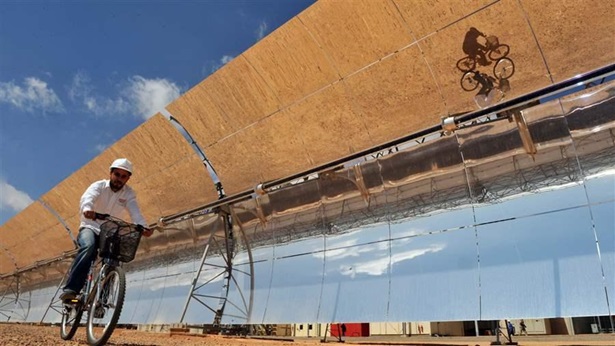Pew: Clean Energy Investment Shifting to Developing Nations
WASHINGTON—Investment in and deployment of electricity infrastructure is shifting from the industrialized economies of the Northern Hemisphere to the developing economies collectively known as the “global south” and from fossil fuels toward clean energy, according to research released today by The Pew Charitable Trusts.
The report, Power Shifts—Emerging Clean Energy Markets, examines clean energy investment and deployment trends in developing countries. The report finds that 100 nations outside of the Group of 20 and the Organization for Economic Cooperation and Development attracted a total of $62 billion in clean energy investment from 2009 to 2013, much of it in a relatively small number of countries. In fact, almost half (45 percent) of the total five-year investment, $27.9 billion, occurred in 10 markets, where clean energy capacity grew by 91 percent, three times faster than any other supply option, over the five years.
“Developing countries are prioritizing solar, wind, and other renewable energy sources in order to reduce energy poverty, power economic progress, enhance national security by reducing imports, and protect the environment,” said Phyllis Cuttino, director of Pew’s clean energy initiative.
The report identified the top 10 emerging markets as, in descending order, Thailand; Bulgaria; Ukraine; Kenya; Peru; Taiwan, Province of China; Morocco; Vietnam; Pakistan; and the Philippines. Each added some type of renewable technology to its generating fleet between 2009 and 2013.
Solar technologies led all sectors in clean energy investment in the top 10 markets over the period, attracting $12 billion, or 43 percent, of total clean energy investments. The wind industry registered the second-greatest sum at $7.7 billion, 28 percent of total clean energy investment.
- All of the top 10 countries invested in wind power from 2009 to 2013, with Pakistan ($1.6 billion), Bulgaria ($1.4 billion), and Ukraine ($1.2 billion) accounting for the greatest investments. Eight of the 10 countries installed wind energy (1.8 gigawatts total in the 10 countries) and six nations installed solar (3 GW total in the 10 countries).
- Small hydropower capacity grew by 649 megawatts across seven countries, with Vietnam bringing in $1.2 billion of the nearly $2.1 billion invested in this sector.
- Led by Thailand, the 10 countries added 481 MW of biomass production.
- Kenya accounted for nearly all of the additional geothermal plants.
In contrast, only five of the top 10 emerging markets added fossil fuel technologies, and just one built more nuclear power.
The research finds that developing countries will account for the majority of worldwide power capacity growth over the next 15 years and that renewables are likely to account for 54 percent of new global capacity.
“A clear take-away from our research is that emerging markets have the potential to be important export opportunities for clean energy technologies from the United States,” Cuttino said. “With demand growing in coming years and decades, the United States should enhance its clean energy competitiveness and seize this new trade potential. Consistent policy prioritizing the innovation and deployment of renewables is essential.”
This report is a complement to Pew’s reports tracking 2009-13 clean energy investment in the countries that make up the Group of 20.
The Pew Charitable Trusts is driven by the power of knowledge to solve today’s most challenging problems. Learn more at www.pewtrusts.org.












